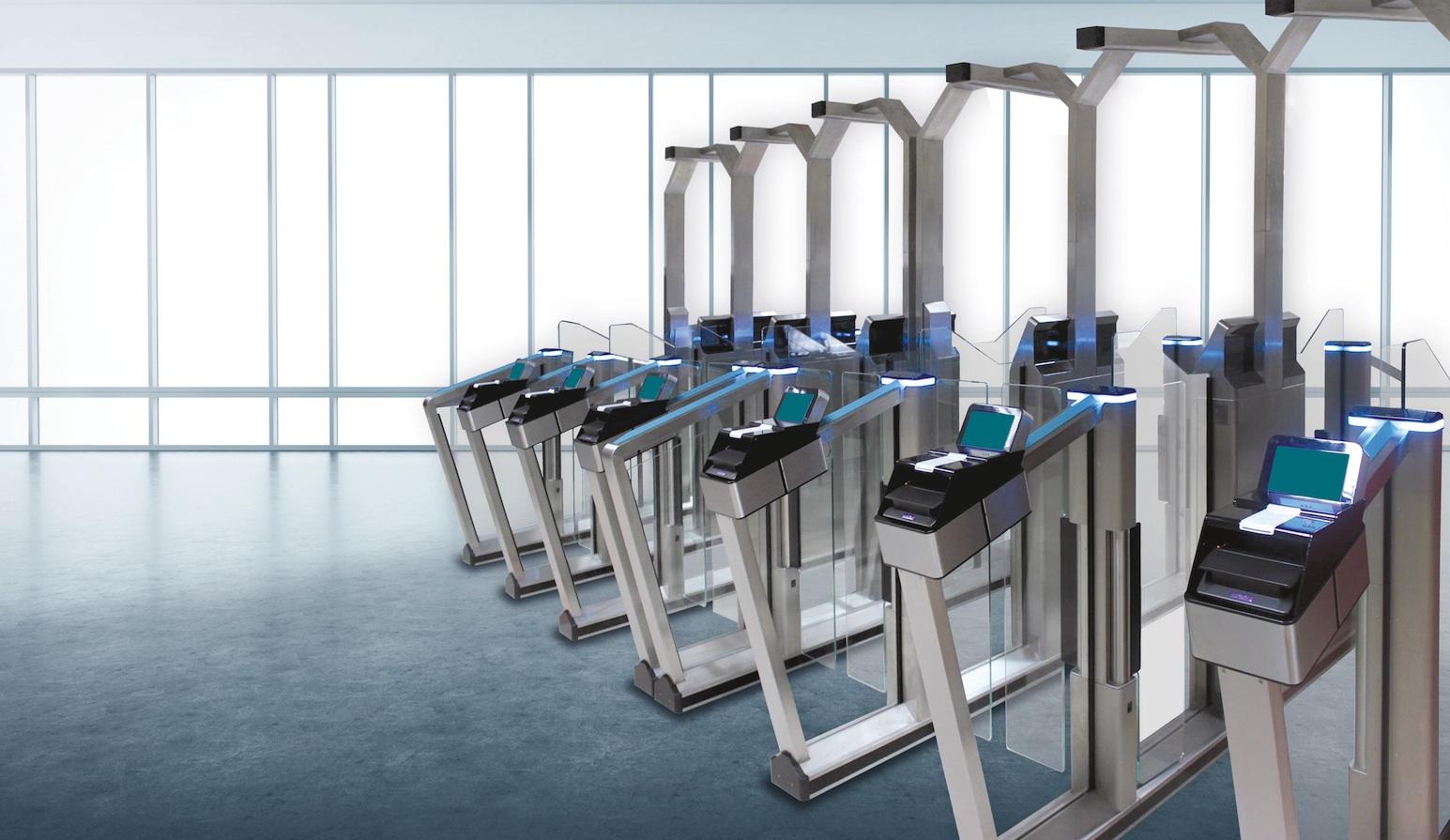Automated Border Control Market: Insights into Self-Service Kiosks and E-gates

The automated border control market is revolutionizing the way travelers interact with border security. As the need for faster, more efficient border management grows, self-service kiosks and e-gates have emerged as key components in streamlining the immigration process. These technologies are transforming the passenger experience by enhancing both security and operational efficiency, allowing travelers to pass through borders with minimal human interaction.
The Rise of Automated Border Control Systems
Traditional border control procedures often involve long queues, manual document checks, and in-person verification by border agents. These methods, while necessary, can lead to delays, overcrowding, and inefficiency, especially during peak travel seasons. To address these challenges, automated border control systems have been introduced, providing more efficient alternatives to manual inspections. These systems rely heavily on biometric technology, including facial recognition, fingerprint scanning, and iris recognition, to verify a traveler’s identity.
One of the most notable advancements in automated border control technology is the development of self-service kiosks and e-gates. These innovations aim to reduce the time travelers spend at border checkpoints while maintaining high levels of security. Self-service kiosks allow passengers to check in, scan their passports, and provide biometric data without needing to interact with a border agent. E-gates, meanwhile, use automated technology to verify a traveler’s identity using biometric data and grant access through an electronic gate, without any direct intervention from human agents.
Self-Service Kiosks: A Convenient and Efficient Solution
Self service kiosks have become a popular solution at airports and other border entry points. These kiosks enable passengers to complete various steps in the border control process independently, significantly speeding up the overall flow of travelers. Typically, these kiosks allow travelers to scan their passports, take biometric images, and, in some cases, answer questions related to customs or immigration. The system then compares this data to pre-existing databases to verify the traveler’s identity.
The convenience of self-service kiosks is a key factor driving their adoption. Travelers can bypass long lines and reduce the need for in-person checks, freeing up border agents to focus on more complex tasks.
E-Gates: The Future of Border Control
E-gates represent another important innovation in the automated border control market. These electronic gates use biometric data, such as facial recognition or fingerprints, to verify a passenger’s identity as they move through a border checkpoint. The use of e-gates enhances the speed and accuracy of border control procedures, while reducing the need for manual intervention from border agents.
E-gates are designed to be both secure and user-friendly. Passengers approach the gate, where they are prompted to scan their passport and biometric data. The system matches this information with stored data, confirming the identity of the traveler before allowing them to pass through the gate. Because the process is automated, travelers experience faster processing times compared to traditional manual checks.
The introduction of e-gates is helping to alleviate the strain on traditional border control systems, particularly in high-traffic areas such as major international airports. By reducing the need for lengthy manual inspections, e-gates significantly cut down on wait times, helping travelers reach their destinations faster. Additionally, e-gates enhance security by using advanced biometric technologies, which are much harder to falsify than traditional travel documents.
E-gates also contribute to the broader push for contactless and touchless technology in travel, a trend that has become even more prominent due to the global health crisis. By minimizing physical interaction between travelers and border agents, e-gates help maintain a safer environment while improving operational efficiency.
Market Landscape: Key Drivers and Challenges
The automated border control market is driven by several factors, including the need for enhanced security, the increasing demand for efficient travel, and advancements in biometric technology. As international travel continues to grow, so does the need for systems that can process passengers quickly while ensuring that borders remain secure. Self-service kiosks and e-gates are central to meeting these demands, offering solutions that balance security with convenience.
Privacy concerns also play a role in shaping the future of the automated border control market. The use of biometric data raises questions about data protection, storage, and security. As these systems become more prevalent, governments and agencies must implement robust safeguards to protect sensitive passenger information and address privacy concerns.
The Future of Automated Border Control
The future of the automated border control market looks promising, with ongoing advancements in technology driving further adoption of self-service kiosks and e-gates. As biometric systems continue to improve and become more accessible, the efficiency and security of automated border control systems will only increase. Over time, we can expect to see more countries and airports adopting these technologies, creating a more seamless and secure global travel experience.
- Art
- Causes
- Crafts
- Dance
- Drinks
- Film
- Fitness
- Food
- Games
- Gardening
- Health
- Home
- Literature
- Music
- Networking
- Other
- Party
- Religion
- Shopping
- Sports
- Theater
- Wellness


